A brief history of body armor in Russia and the world: 2 part
Russia recovered after defeat from Japan. The army needed to be updated. One of the topics that began to develop were shells. According to a number of sources, Russia from the French, in the course of the Russian-Japanese war, ordered a party of bullet-proof cuirass - 100 thousand pieces, but the cuirass turned out to be unsuitable. The idea of the bullet-proof shields did not work either. However, work to protect the soldiers were not stopped.
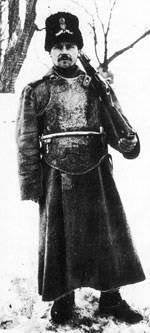
Russian breastplate 1915 year
"The catalog of armors invented by Lieutenant Colonel A. A. Chemerzin" is the name of a brochure published by typography and sewn into one of the files kept in the Central State Military Historical Archive. It contains the following information: "The weight of the shells: the lightest 11 / 2 pounds (pound - 409,5 g), the heaviest 8 pounds. Under clothing is invisible. The armor against rifle bullets, not punched by a 3-linear military rifle, have a weight 8 pounds. The shells close: the heart, lungs, abdomen, both sides, spinal column and back against the lungs and the heart. The penetrability of each shell is checked by shooting in the presence of the buyer. "
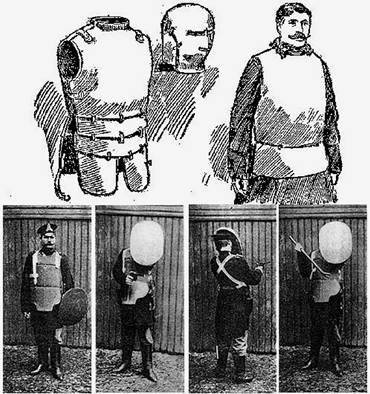
One of the Russian breastplates and bulletproof shields
The "Catalog" contains several tests of shells conducted in 1905 — 1907. One of them stated: "In the presence of His Imperial Majesty Sovereign Emperor 11 1905 June in the city of Oranienbaum made shooting a machine gun fired from a company 8 machine guns on the shell of an alloy invented by Lt. Col. Chemerzinym, the distance steps in 300 36 shell hit bullets.. "The shell was not pierced, and there were no cracks. When tested, the entire variable composition of the rifle school was present."
The shells were also tested in the reserve of the Moscow Metropolitan Police, on the order of which they were made. Shooting at them was conducted at a distance of 15 steps. The shells, as noted in the act, "turned out to be impenetrable, and the bullets did not give the fragments. The first batch turned out to be quite satisfactory."
Newspaper "Rus" (N69,1907):
“Yesterday I saw a miracle. A young man of thirty, in military uniform, stood motionless in a room. A half-step browning was aimed at him - a terrible browning. The aim was straight at the chest against the heart. The young man waited, smiling. A shot rang out. The bullet bounced off ...
“Well, see,” said the soldier. “I almost did not feel anything."
"New Time" (February 27 1908):
"The impenetrable armor and the new cuirass, this remarkable invention of our century, surpassed the knight’s armature of old times with durability. The scaly system remained as in the ancient shell, but the metal alloy is different. of his discovery. A. A. Chemerzin - lieutenant colonel of engineering troops. After graduating from the mathematics department and engineering school, he taught mathematics, studied chemistry, and a number of experiments suggested him to fill the pores The alloy was produced at high temperature and hydraulic pressure. Noble metals, platinum, silver, iridium, vanadium, and many others, were added to an ordinary recipe. Mauser’s bullet alloy plate did not pierce the distance in three steps, shells and cuirasses appeared, impenetrable to revolver and rifle bullets, which deformed but did not give splinters. The danger of contusions and rebound lesions has been eliminated.
The price of the shells of A. A. Chemerzin is rather expensive, but life costs more. Wearing a five-pound shell that covered my chest and back, I did not find it heavy. Under the coat he was completely invisible. 7000 armor, helmets and shields A. A. Chemerzin were sent to the army in the Far East, unfortunately, too late ... "
The cost of the best shells, impenetrable by any revolvers and shrapnel bombs, ranged from 1500 to 1900 rubles. Analogous shells made to exact measurements from a figure (for which a plaster cast was needed) cost from 5000 to 8000 rubles. The price of booking a motor (car) from the fragments of bombs and bullets from any revolvers was 15000, and the 20000 carriage rubles. ”
Yuri Minkin
As we can see, in Russia they went a little different way than in the United States. And at that time it was a logical decision - silk bulletproof vests were kept mainly by pistol bullets, and a certain caliber, mass production was extremely difficult to arrange.
Cuirass began to actively use the police in different countries. Private individuals cuirass made for individual plaster casts. But the high point of such a bullet-proof vest came with the beginning of the First World War.
Bulletproof vest on the First World
It is worth noting that World War I completely redefined the very concept of war, its rules. Trench, positional war. Barbed wire. Machine guns. Powerful long-range artillery. Aviation. Tanks. The commanders had to urgently change the strategy and tactics of hostilities.
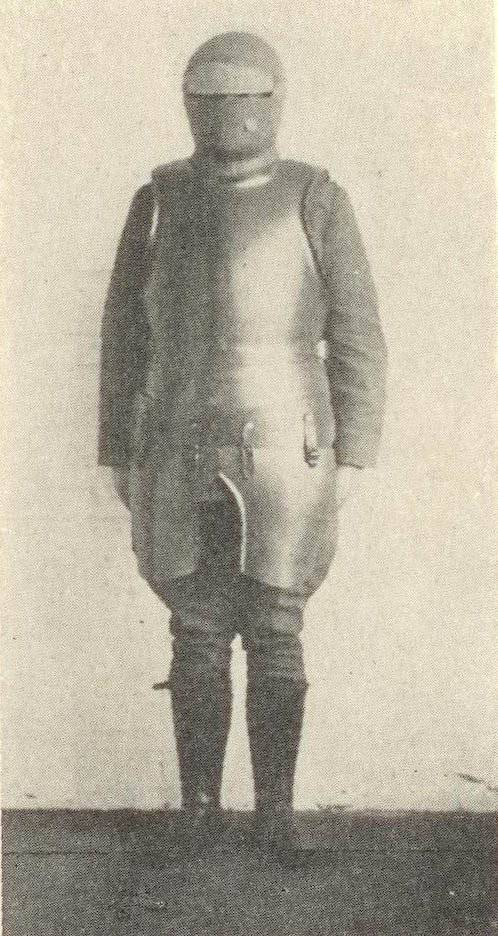
One option for heavy anti-bullet armor
It immediately became clear that soldiers needed protection from new guns. Shrapnel and fragments mowed down the warriors of the warring armies, and there was no normal protection, including helmets. In varying degrees, armor began to develop all countries. But more than all the Germans succeeded in equipping their soldiers.
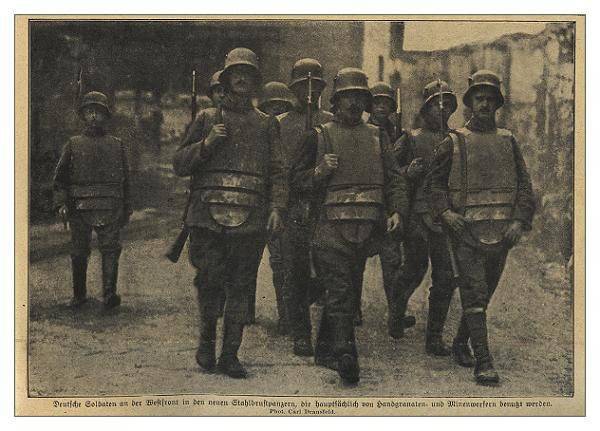
German soldiers in shells
Grabenpanzer М16 (aka Sappenpanzer) appeared in the army in the 1916 year. The armor of the German army was designed to protect against small arms weapons and shrapnel. In the production was used recently appeared nickel-silicon (armored) steel.
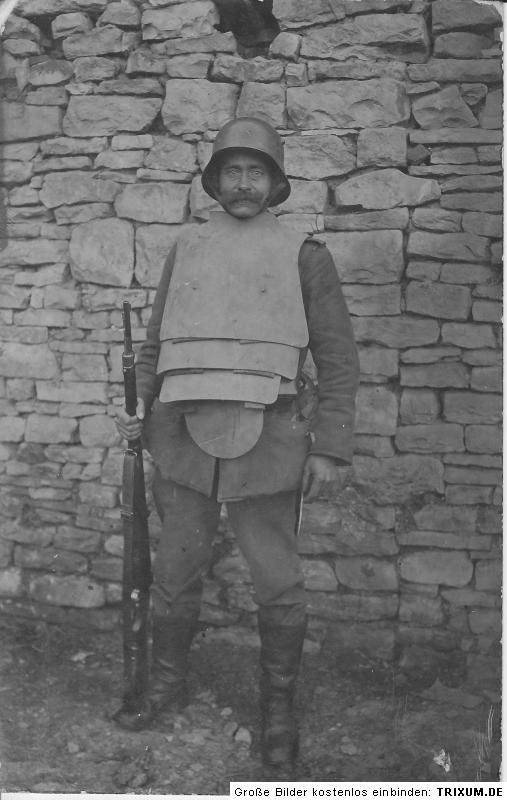
The armor consisted of a bib, with 3 layering protective sections for the abdomen and groin. 2 shoulder plates fixed 3 with rivets on each side Separate plates were connected to the 2 webbing straps that were attached to the inside of the armor, starting from the chest.
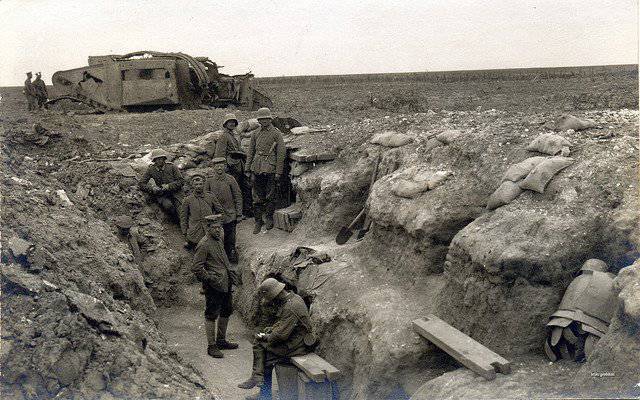
The soldiers after the battle, the shells are folded in a trench
Rectangular horsehair felt pads were placed between the sections and were supposed to reduce the noise level when moving. The thickness of the armor was approx. 3,25 mm, in some cases increasing to 25 mm. Differences were often associated with the fact that at least seven separate enterprises were engaged in production.
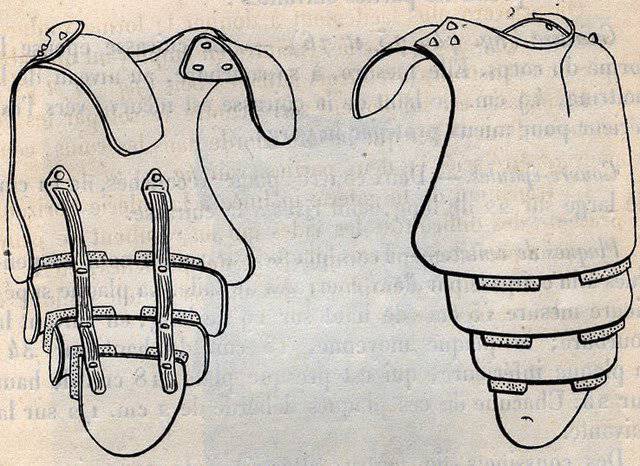
Shell pattern
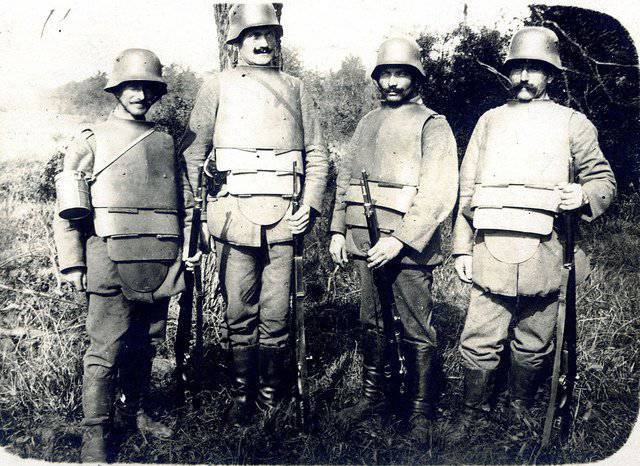
The armor has been released in various models, but mostly 2 types can be found when searching for photos and original items. The first armor - the original type, 1916-th year of release.
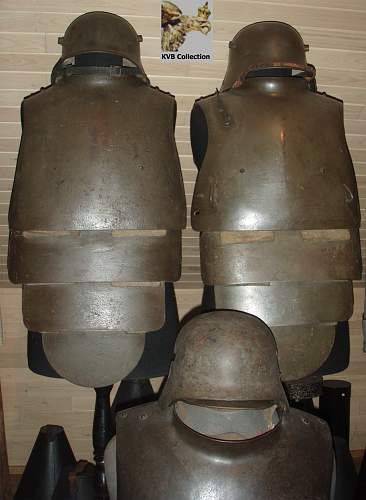
German chest shell
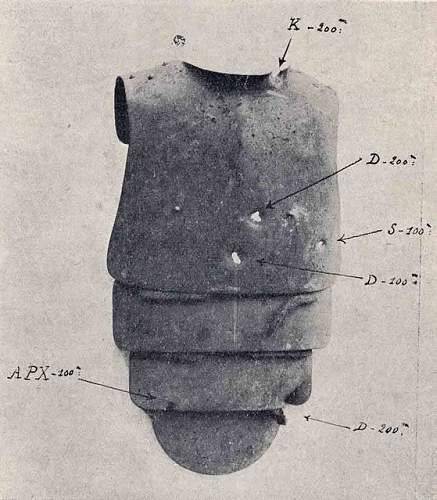
The test results of the German breast shell
It is minimalist, it has almost no projections. On the second most common model there is an 2 extra hook for accessories on. The weight, depending on the manufacturer, ranged from 8 to 10 kg, supplied in 2 or 3 in various sizes.
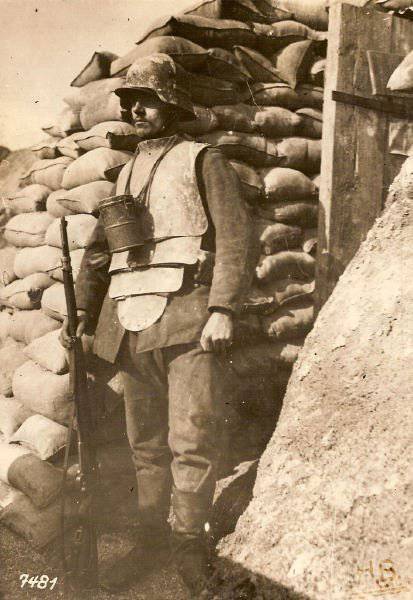
In all cases, the armor was not very comfortable and could be used primarily in a stationary position. The main consumers of this armor were snipers, sentries, fighters of advanced units.
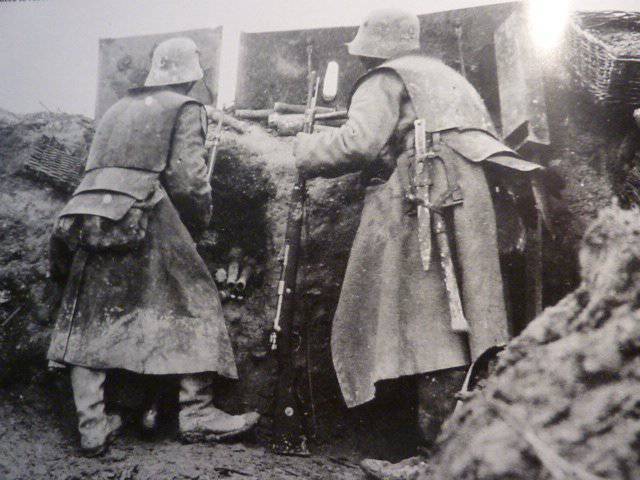
In some cases, the cuirass was put on the back - the chest was covered with a trench.
The prevalence of this subject can be judged by the large number of photographs of the allies who were wearing a breastplate for memorable photographs.
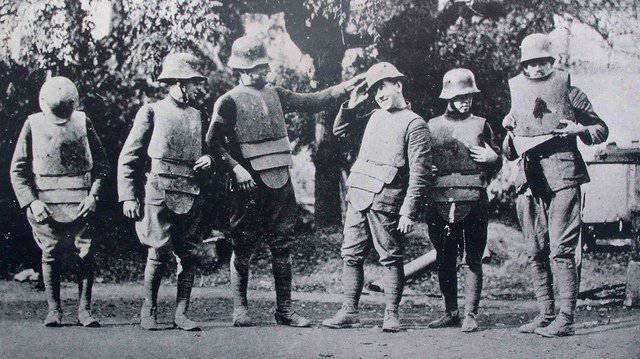
American soldiers in captured German shells
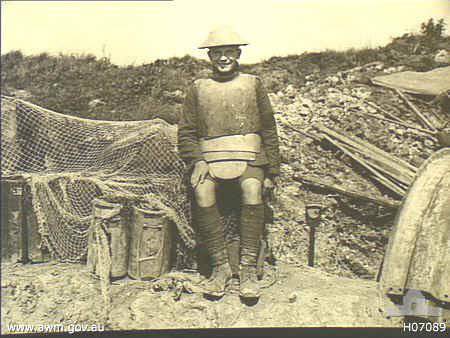
Canadian soldier in captured German armor
There is also a version about the use of captured armored men on the front. In total, more than 500000 of such armor was released.
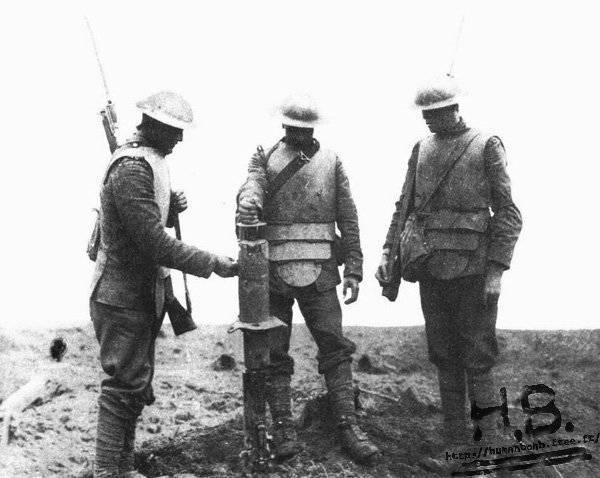
British in captured bibs
Protection of the countries of the Triple Alliance
Unfortunately, I did not manage to find pictures of Cheremizin's breastplates on the fronts of the First World War or any mention of them. Apparently, the defense in the Russian army at that time was used either little or not used at all.
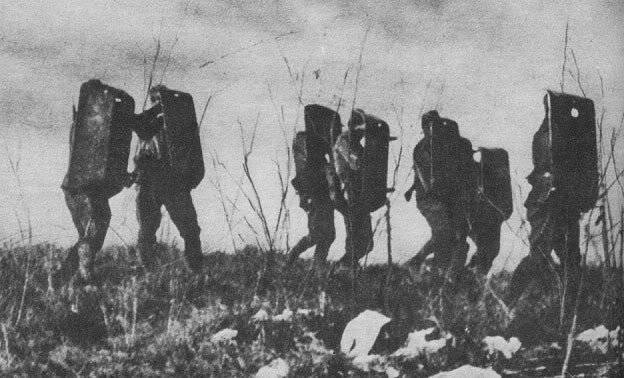
Italian offensive
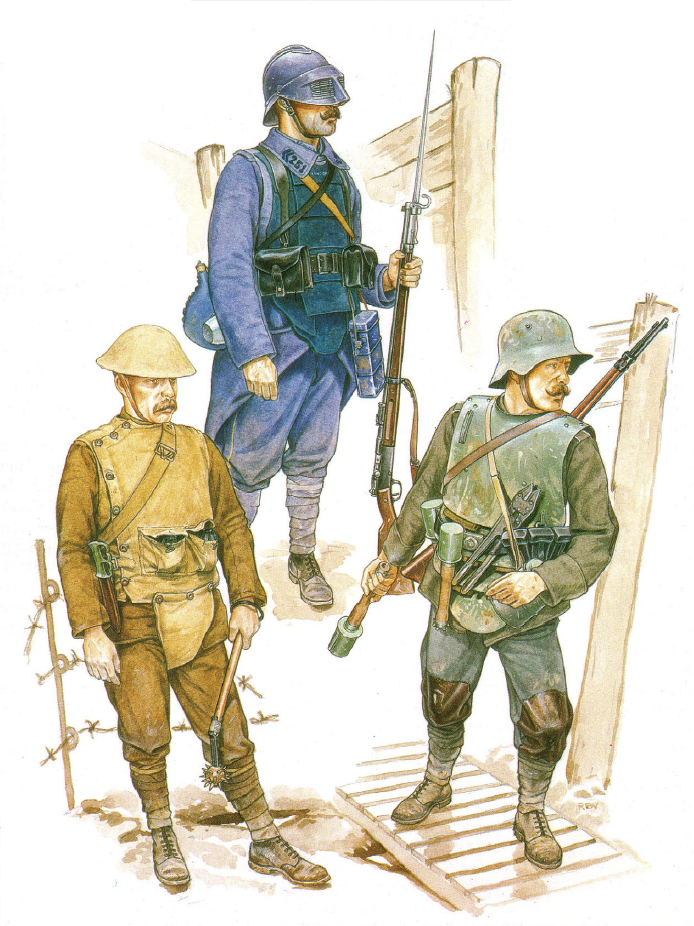
On the illustration in protective vests - the Germans, the French, the British
Allies had armor in smaller quantities. The most common are the shells of the Italians. Their cuirass had pronounced shoulder pads, and covered their breasts only to the waist.
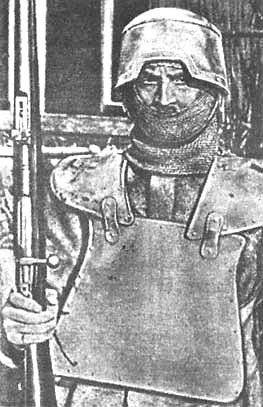
Fighter of the Italian assault battalion
The Americans who entered the war later than the rest, in 1917, delivered Brewster Body Shield, very similar to the armor of Ned Kelly (Australian raider). The armor was surprisingly good, kept the bullet from a Lewis machine gun, weighed 18 kg in the heavy version + 5 kg lining, and was used mostly by snipers until the end of the war. The States had several types of armor, but Brewster’s armor turned out to be the most memorable.
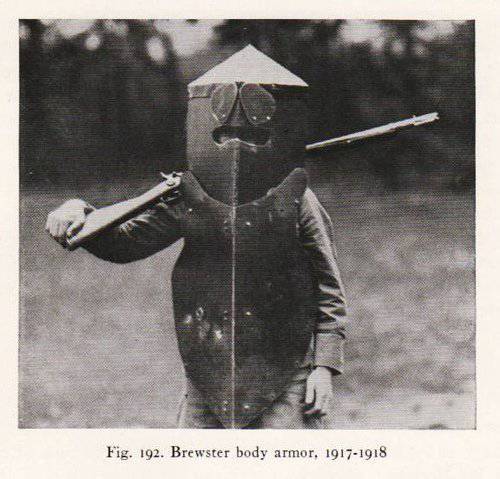
Brewster Armor, 1917 Year
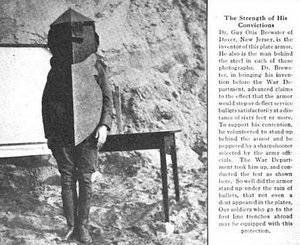
However, closer to the end of the war, the Americans had even less creative, but more suitable options for ordinary infantrymen.
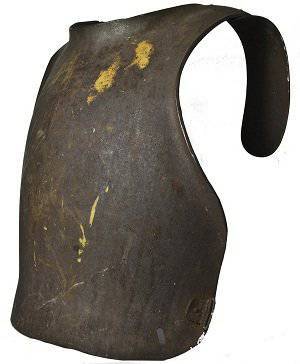
A less creative version of American armor
France used the old, cavalry cuirass at the very beginning of the First World War. As practice has shown, they were not suitable for modern combat.
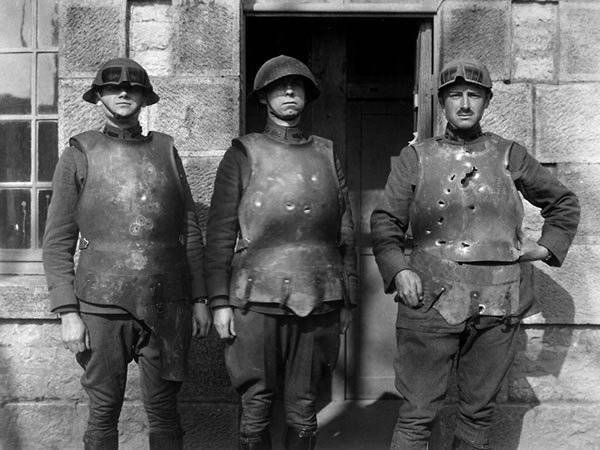
French cuirass of the First World
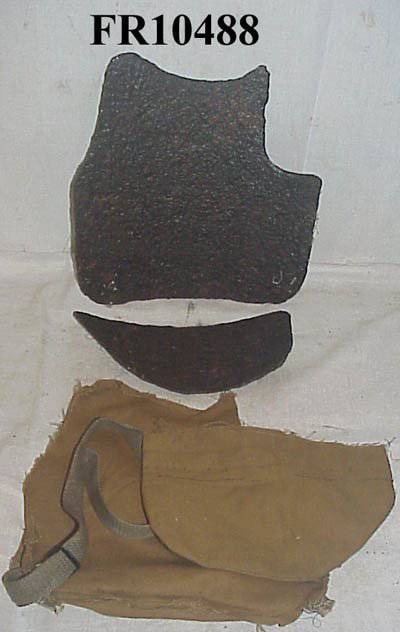
One of the types of French shells
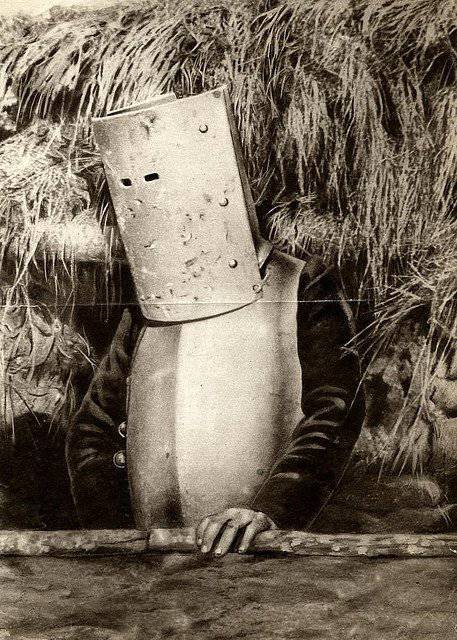
French heavy armor
In the later stages of the war, new French armors and breastplates appeared. But - in fairly limited quantities, and references to them are rare.
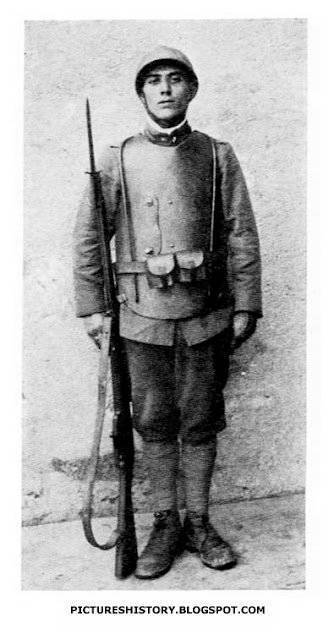
The British were the most equipped with body armor from all allies. In this case, bullet-proof vests in large quantities were not supplied to the army - they were bought for their money. Often concerned relatives paid for the vest, who were nervous about reports from the front. And, it is worth noting, body armor often saved the life of fighters.
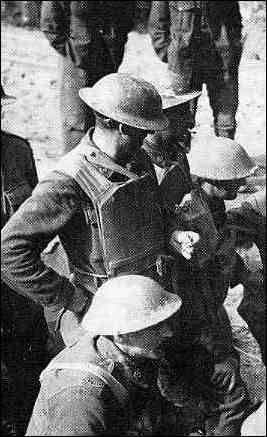
British soldiers in body armor
The main owners of the vests were the officers - they could afford to buy this rather expensive item. Advertising was often designed specifically for them. In total, there were more than 18 firms in the United Kingdom that produced bullet-proof suits of various kinds.
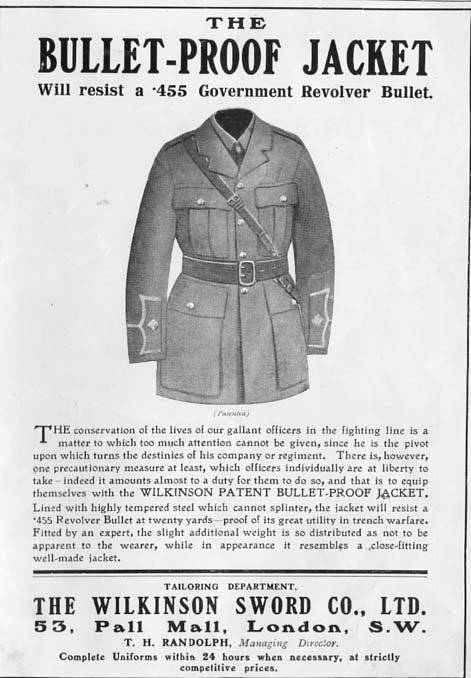
Advertising officer vest of those years. Protection against pistol bullets guaranteed
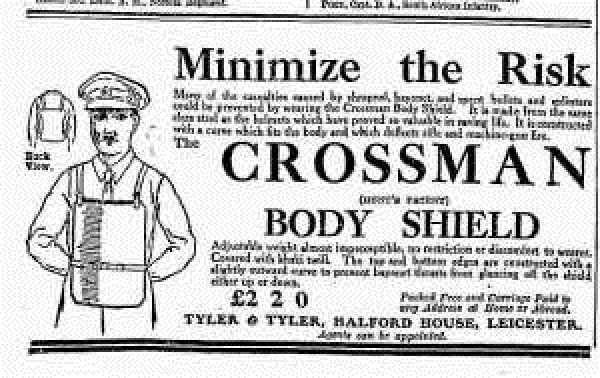
Label with body armor
There were three main types of protective vests. Hard armor (often consisting of metal plates sandwiched between the fabric and worn like a vest); Intermediate armor (various forms of small area metal plates attached to the fabric); soft armor (of silk / cotton / linen layers). All three types of armor had their own problems. Hard armor was heavy and thus uncomfortable and not practical to carry on the attack. Intermediate chain mail armor did not disperse, to a sufficient extent, a bullet or a splinter. Fabric vests, although they were sometimes effective, were virtually useless in wet weather.
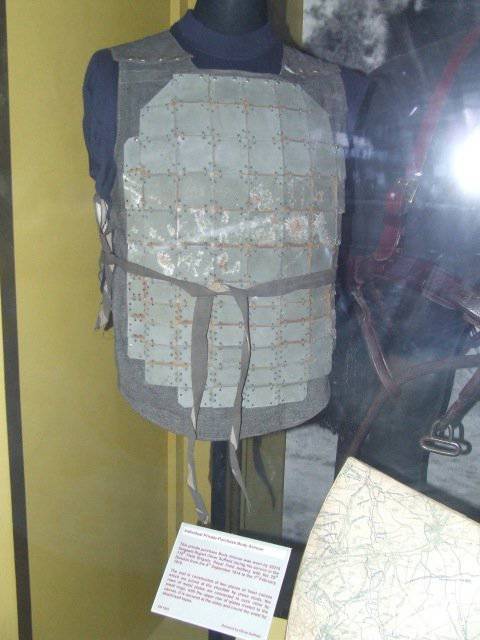
One of the types of body armor produced at the time
One of the most successful was DAYFIELD DAY SHIELD 'BODY ARMOR. It was made of thick khaki-colored fabric, and special metal plates were placed in four compartments. This vest did not stop the rifle bullet, but it was not bad against fragments, shrapnel and pistol shots. In addition, the British had an important advantage - the vest was comfortable.
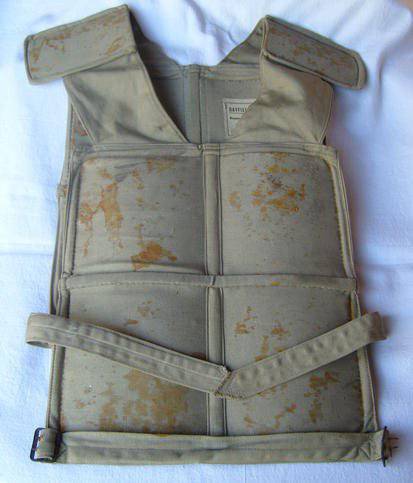
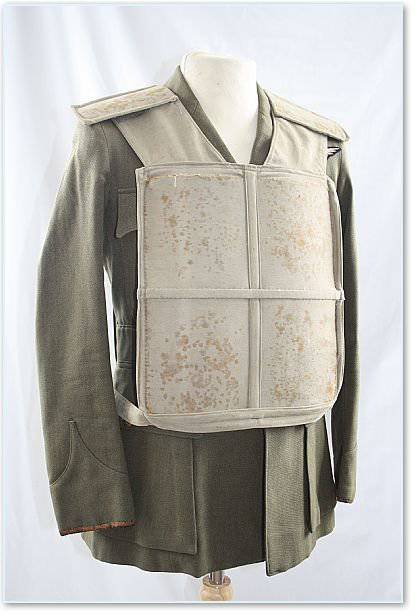
One of the most successful body armor of the time - DAYFIELD DAY SHIELD 'BODY ARMOR. In sections - armored plates.
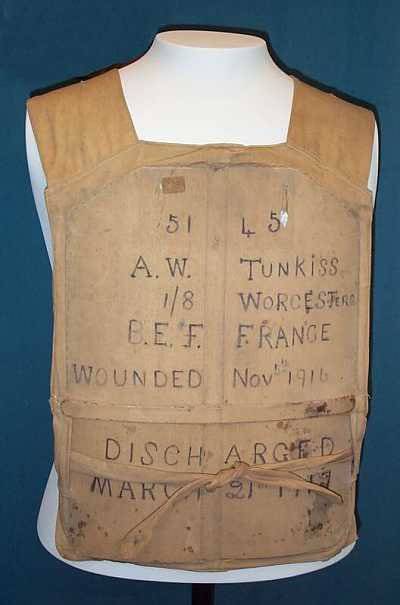
Body armor "with history"Unfortunately, his plates are too thin to stop a rifle shot - but still he could slightly soften a bullet blow, or he could stop a splinter. It belonged to an ordinary Tankess, who was wounded in 1916 in France and later demobilized in March of 1917 of the year.
Meanwhile, World War I was coming to an end. In Russia, there was a revolution, Germany was losing, and the idea that metal armor was not the most suitable option, increasingly began to pursue the inventors of the “life jacket”.
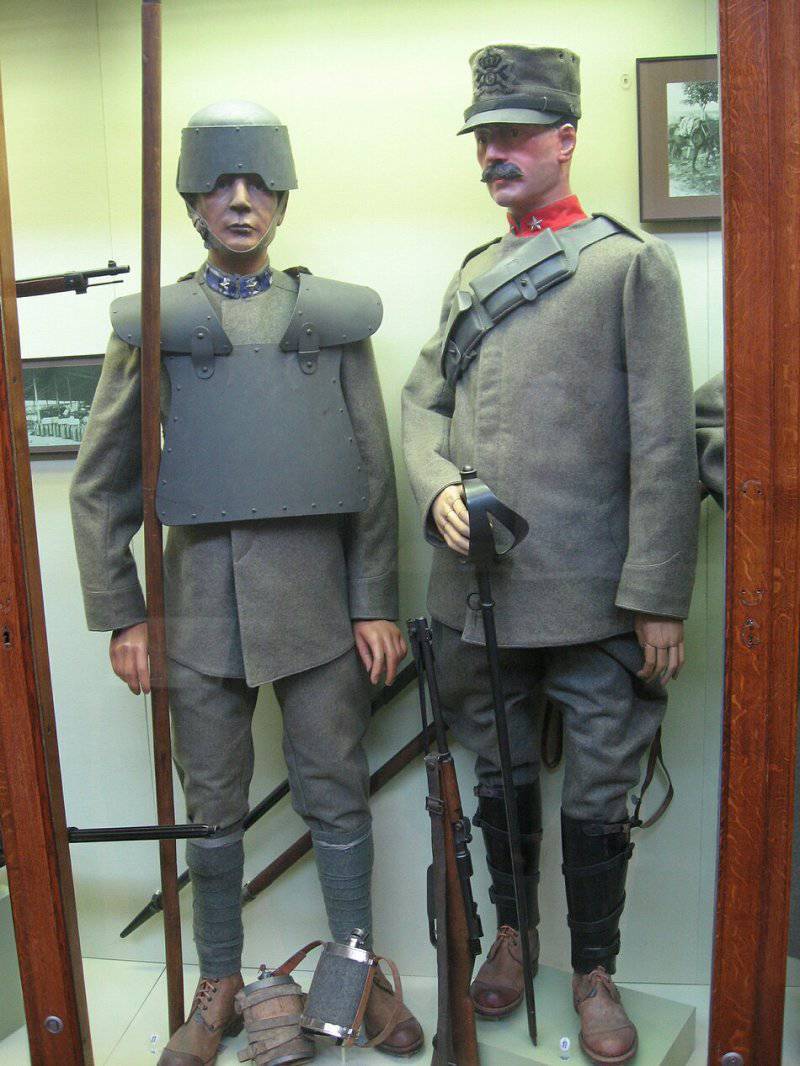
Information